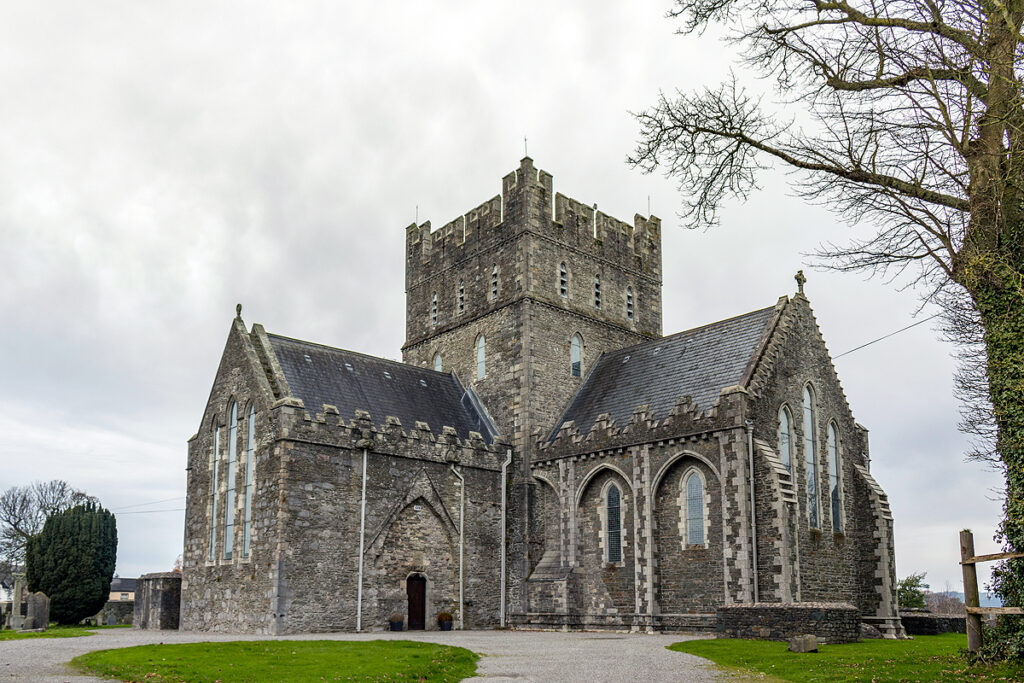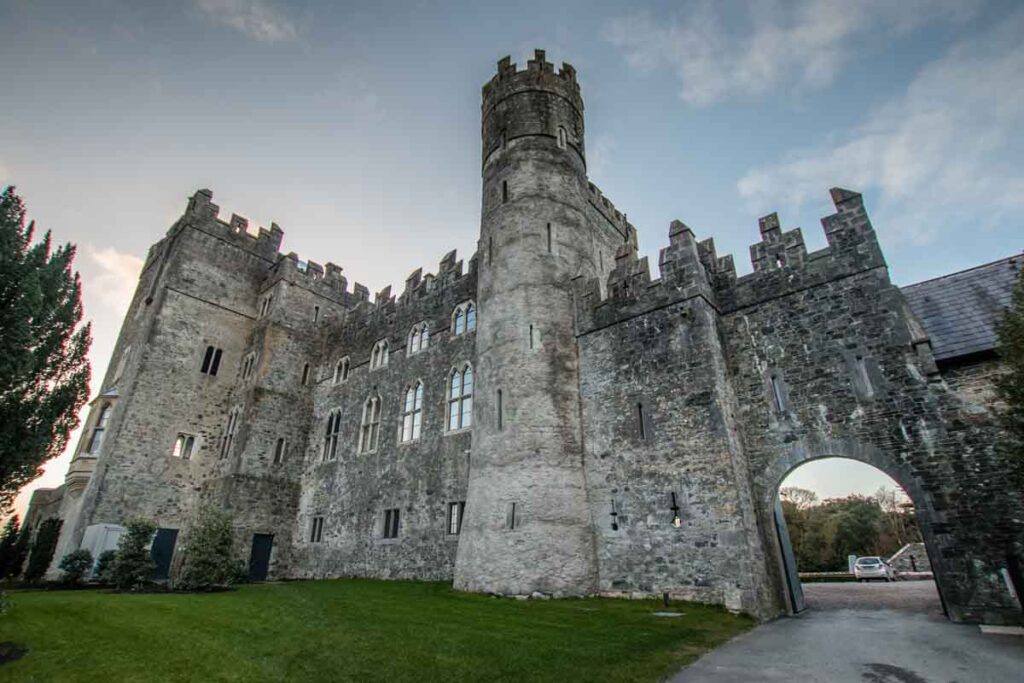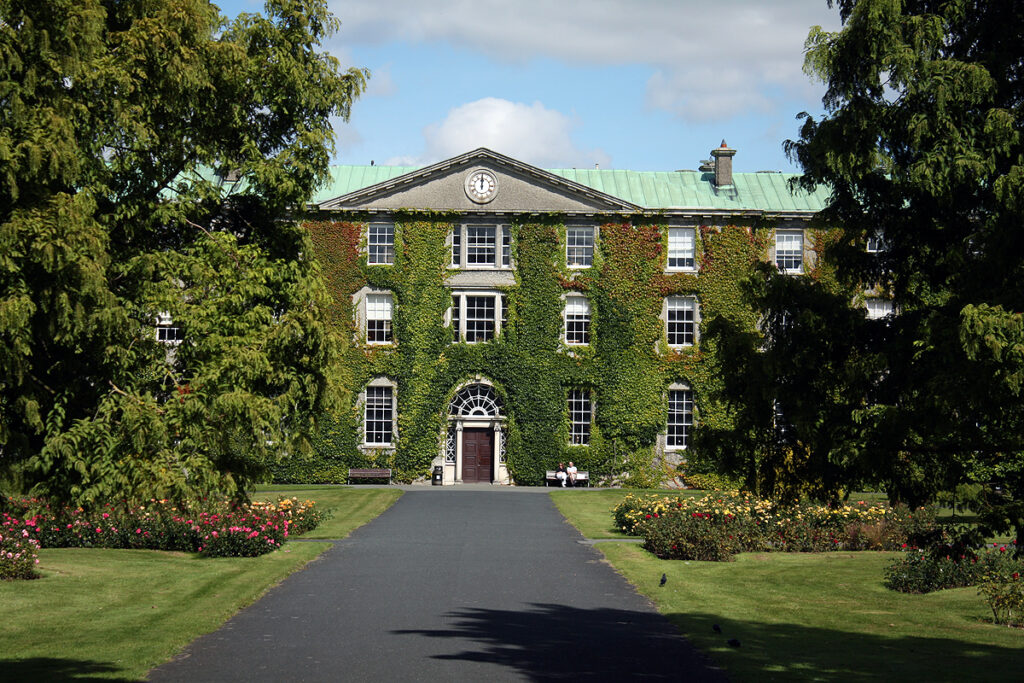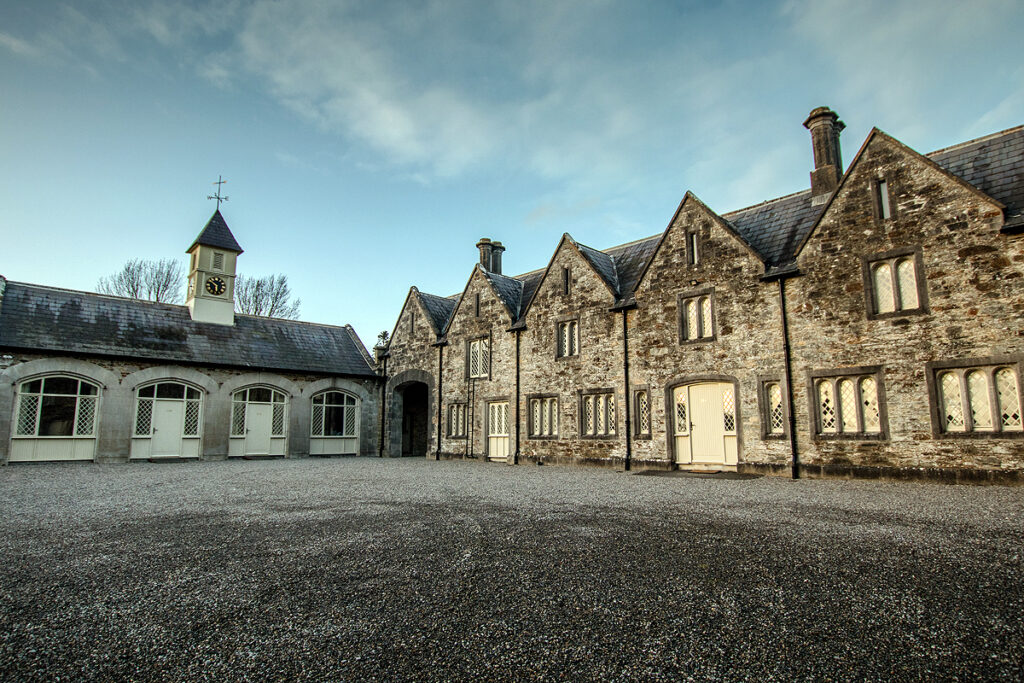


County Kildare, nestled in the heart of Ireland, is a region steeped in history and rich in architectural heritage. Numerous historic protected structures within its borders have withstood the test of time. These buildings, each with a unique story, provide a glimpse into Ireland’s past and the architectural treasures preserved for future generations. In this article, we will explore the significance of these protected structures, highlight a few notable examples, and delve into the restoration efforts that have breathed new life into these historic gems.
Historic protected structures, as designated by the Irish government, are buildings or sites of architectural, historical, archaeological, artistic, cultural, scientific, social, or technical interest that are considered worthy of preservation. County Kildare boasts many of these protected structures, reflecting its role in Ireland’s history.
Kildare Town, often called the ‘Thoroughbred County,’ is home to many historic structures. One of its most significant protected structures is the church of St. Brigid’s. Founded in the 13th century, this Gothic-style cathedral is an architectural masterpiece and a symbol of Kildare’s religious heritage. The restoration work on the church preserved its historic character and ensured its continued use as a place of worship and a cultural landmark.

Carton House, located near Maynooth, is a prime example of Palladian architecture. Built in the 18th century, it is an exceptionally protected structure that has witnessed centuries of change. Its restoration in recent years showcases a dedication to preserving the grandeur of the past while adapting it to contemporary needs. Today, Carton House is a luxurious hotel and golf resort that welcomes visitors worldwide.
The Curragh, a vast expanse of grassland in County Kildare, has a solid military history dating back to the 19th century. With its distinctive red-brick buildings, the Curragh Camp is a protected structure that has played a pivotal role in Ireland’s military heritage. The sensitive restoration of these structures preserves their architectural significance and acknowledges their historical importance in shaping the nation’s identity.
Preserving historic protected structures comes with its set of challenges. These buildings often suffer from neglect, decay, and the passage of time. The restoration process requires a delicate balance between conserving the original character and adapting the structure for modern use.
Funding and Resources
Funding is a significant challenge in the restoration of historic buildings. Many protected structures require substantial investments to address structural issues, maintain historical accuracy, and make necessary upgrades for safety and accessibility. Public-private partnerships, grants, and community involvement are crucial in securing the resources needed for restoration projects.
Expertise and Knowledge
Restoration efforts rely on the expertise of architects, historians, and skilled artisans who understand the unique challenges posed by historic buildings. Using traditional building techniques and materials is often essential to maintain the structure’s authenticity.
Regulatory Compliance
Adherence to building regulations while preserving historical integrity is a delicate balance. Striking this balance involves navigating through planning permissions and conservation guidelines and ensuring the restoration does not compromise the building’s historical significance.
Despite these challenges, County Kildare has seen several remarkable successes in restoring its historic protected structures.
The Steam Museum at Straffan Station
Straffan Station is a beautifully restored railway station that houses the Steam Museum. The building, dating back to the mid-19th century, was carefully renovated to showcase Ireland’s railway history. Visitors can admire the preserved locomotives and learn about the region’s rail heritage.
The Kildare County Council Offices
The Kildare County Council Offices in Naas exemplify a successful fusion of old and new. The 18th-century building, once in disrepair, was meticulously restored and expanded to accommodate modern office spaces while maintaining its historical façade.
The Moat of Kilkea Castle
Kilkea Castle’s Norman-era moat underwent extensive restoration to preserve its historical value and structural integrity. Today, it is a testament to the community’s dedication to safeguarding their heritage.



Despite these challenges, County Kildare has seen several remarkable successes in restoring its historic protected structures.
The Steam Museum at Straffan Station
Straffan Station is a beautifully restored railway station that houses the Steam Museum. The building, dating back to the mid-19th century, was carefully renovated to showcase Ireland’s railway history. Visitors can admire the preserved locomotives and learn about the region’s rail heritage.
The Kildare County Council Offices
The Kildare County Council Offices in Naas exemplify a successful fusion of old and new. The 18th-century building, once in disrepair, was meticulously restored and expanded to accommodate modern office spaces while maintaining its historical façade.
The Moat of Kilkea Castle
Kilkea Castle’s Norman-era moat underwent extensive restoration to preserve its historical value and structural integrity. Today, it is a testament to the community’s dedication to safeguarding their heritage.
Yes, the Republic of Ireland has a system for protecting its architectural heritage, though the terminology differs from that used in the UK. In Ireland, these are referred to as “Protected Structures”.
Local authorities maintain a “Record of Protected Structures” (RPS), which lists all structures of particular interest in their jurisdiction. Any structure listed on the RPS is legally protected from alteration, damage, or demolition unless permission is granted from the local authority.
In addition to the RPS, the National Inventory of Architectural Heritage (NIAH) surveys and assesses the post-1700 architectural heritage of Ireland, from which the Minister for Housing, Local Government and Heritage may recommend structures to be added to the RPS.
If you have a building or structure in mind, you would typically check with the local authority’s RPS or consult the NIAH database to determine if it’s protected.
County Kildare’s historic protected structures are relics of the past and living symbols of Ireland’s rich history. These buildings, from ancient cathedrals to grand estates, contribute to the county’s cultural identity and tourism appeal. The commitment to their preservation and restoration honours the past and ensures that future generations can continue to appreciate and learn from these architectural treasures. County Kildare is an inspiring example of how historic structures can be protected, restored, and cherished for years through careful planning, funding, and expert craftsmanship.

County Kildare’s rich heritage, as exemplified by its historic protected structures, is a testament to the enduring legacy of Irish history. With its expertise in architectural elements, Tuscan Foundry plays a vital role in safeguarding and enhancing these cherished buildings. As a supplier, Tuscan Foundry provides essential components like cast iron gutters, pipes, brackets, and architectural details, contributing to preserving Kildare’s architectural treasures. With our commitment to quality and craftsmanship, Tuscan Foundry aligns seamlessly with the mission of protecting County Kildare’s cultural identity. Our ability to supply and support the preservation of these structures ensures that they remain integral to the county’s appeal and continue to inspire generations to come.